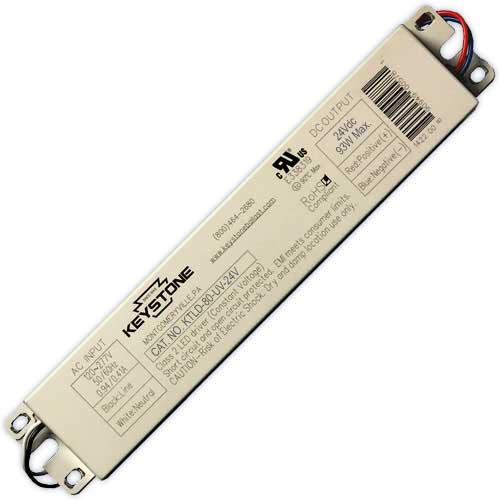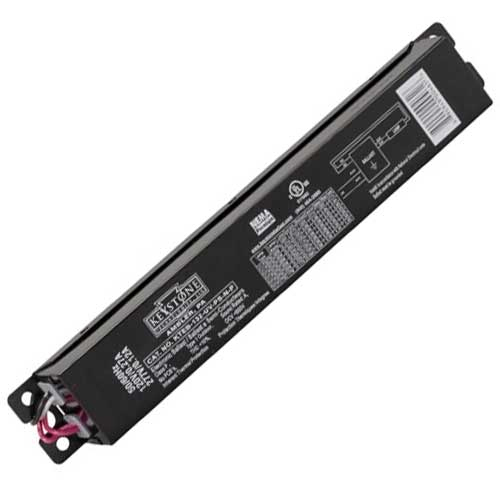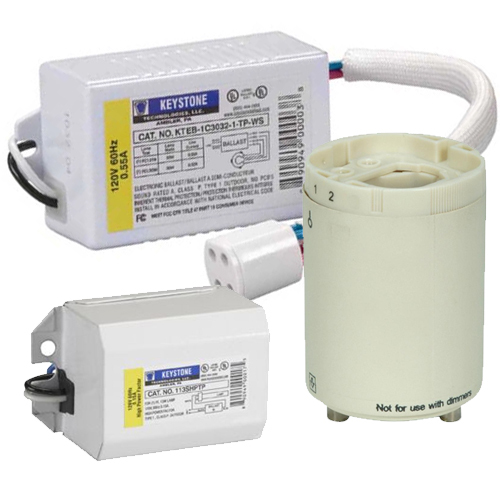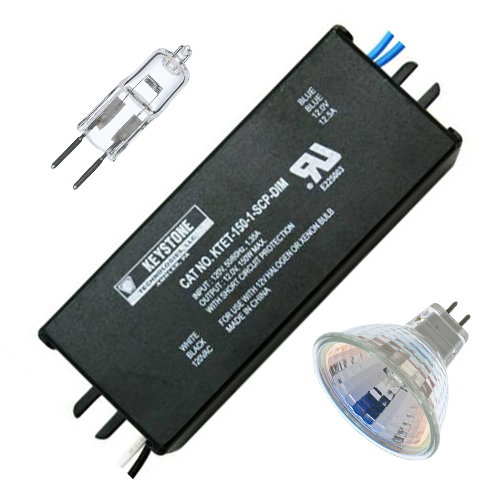Ballasts & Drivers
Ballasts
Fluorescent, sodium and metal halide bulbs require specially modified power sources in order to function correctly. Unlike other bulbs that pass electricity through conductive solid filaments and produce glowing illumination, these devices employ gases comprised of metals or halogens. Such elements naturally exist in solid or non-conductive states; ballasts are needed to excite them so they can pass current and illuminate spaces.
Choosing a Ballast
Different elements have unique excitation power requirements. Because the work they perform is specific to the type of bulbs being used, ballast operating characteristics are designed for distinct situations. When selecting a ballast, it's important to consider a number of factors.
Each ballast should be matched to the kind of bulb in question, but it must also be designed to handle an appropriate number of bulbs. With the incandescent setups found in signs and other multiple-unit light fixtures, such figures may be specified in terms of total bulb length.
Not all ballasts are made to be used in exposed conditions. Although some of these indoor-only models appear visually similar to moisture-resistant varieties, users must select the correct type in order to avoid unexpected grounds, component burnouts and potential operating hazards.
Special Features
Many ballasts also enable advanced control functionality. For instance, those found in signage are often equipped with basic interface circuits for programmable or automated use. Others feature rapid startup circuits that can switch on quickly from a cold initial state.
Stability
In addition to being properly matched, ballasts must be stable. Higher quality devices are designed to dissipate undue heat and maximize energy efficiency. Look for UL-recognized and EISA-compliant ballasts to build more reliable, cost-effective lighting arrangements that maintain code compliance.





